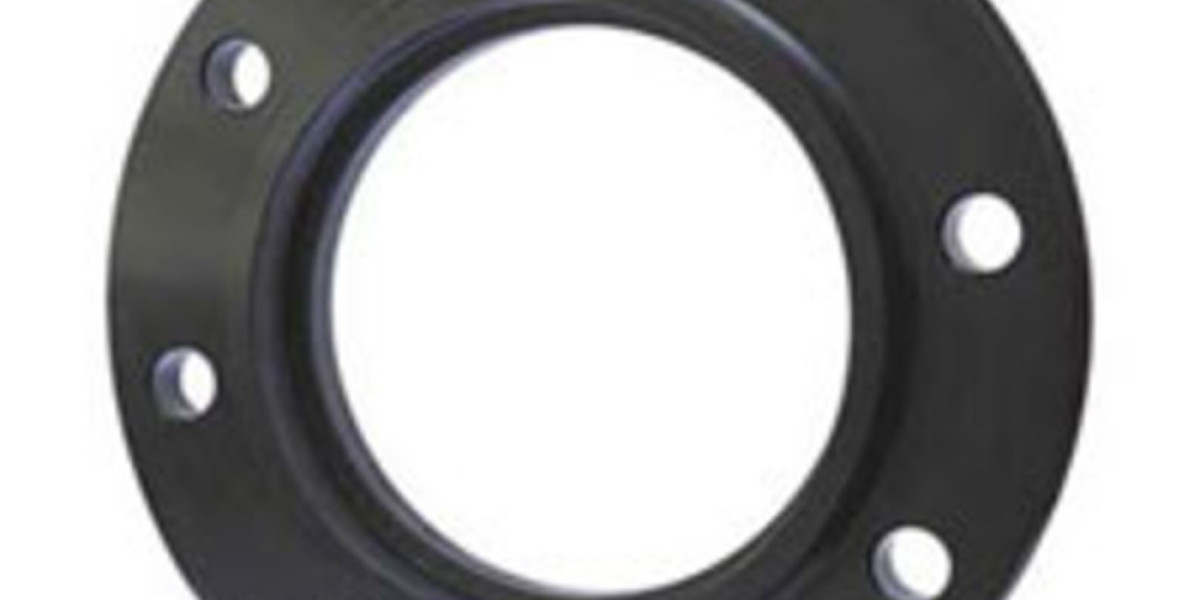Introduction
Carbon Steel ASTM A350 LF2 flanges are vital components in piping systems used in environments where low-temperature service is a critical requirement. These flanges are designed to handle low temperatures without compromising strength or performance, making them ideal for industries such as oil and gas, chemical processing, and power generation. This article explores the essential features of ASTM A350 LF2 flanges, including their specifications, advantages, and industry implications.
What is Carbon Steel?
Carbon steel is a type of steel where carbon is the primary alloying element. It is known for its high strength and durability, which make it suitable for a variety of industrial applications. Carbon steel's properties, such as hardness, strength, and ductility, depend on the amount of carbon it contains. In the case of ASTM A350 LF2 flanges, the carbon steel used is specially formulated to maintain its mechanical properties even at low temperatures.
Overview of Carbon Steel ASTM A350 LF2 Flanges
ASTM A350 LF2 flanges are part of the ASTM A350 specification, which covers carbon and low-alloy steel flanges and fittings designed for low-temperature service. The LF2 grade within this specification is specifically engineered to perform well under cold temperatures, providing excellent toughness and strength. These flanges are commonly used in pipelines and systems that operate in environments where temperatures can drop significantly.
Key Features:
- Material: Carbon Steel, Low Alloy
- Standard: ASTM A350 LF2
- Types: Slip-On, Weld Neck, Blind, Socket Weld, Lap Joint, Threaded
- Sizes: Typically 1/2" to 48" (custom sizes available)
- Pressure Ratings: 150# to 2500#
- Faces: Raised Face (RF), Flat Face (FF), Ring Type Joint (RTJ)
Advantages of Carbon Steel ASTM A350 LF2 Flanges
- Low-Temperature Performance: Designed to maintain toughness and strength in low-temperature environments.
- High Impact Toughness: Provides resistance to brittle fracture, making it suitable for extreme cold conditions.
- Versatility: Available in various types and sizes to meet diverse application requirements.
- Durability: Offers long service life even under harsh operating conditions.
- Cost-Effective: Provides a good balance of performance and affordability compared to other materials.
Industry Implications:
Oil and Gas: In the oil and gas industry, ASTM A350 LF2 flanges are essential for pipelines and equipment that operate in cold climates or arctic regions. Their ability to withstand low temperatures ensures that they can handle the transport of oil and gas without compromising safety or efficiency.
Chemical Processing: Chemical plants often require flanges that can handle low temperatures without becoming brittle. ASTM A350 LF2 flanges are used in such environments to ensure the integrity of piping systems that handle chemicals at low temperatures.
Power Generation: Power plants, particularly those in colder regions, use ASTM A350 LF2 flanges in their systems to maintain performance and reliability. These flanges help prevent failures and ensure continuous operation in low-temperature conditions.
Conclusion
Carbon Steel ASTM A350 LF2 flanges are indispensable components in industries where low-temperature performance is critical. Their design and material properties make them well-suited for handling extreme cold conditions while maintaining strength and durability. By selecting high-quality ASTM A350 LF2 flanges, industries can ensure the safety and efficiency of their operations, even in the harshest environments. For reliable and high-performance flanges, Ganpat Metal Industries provides top-quality products that meet industry standards and application requirements.








